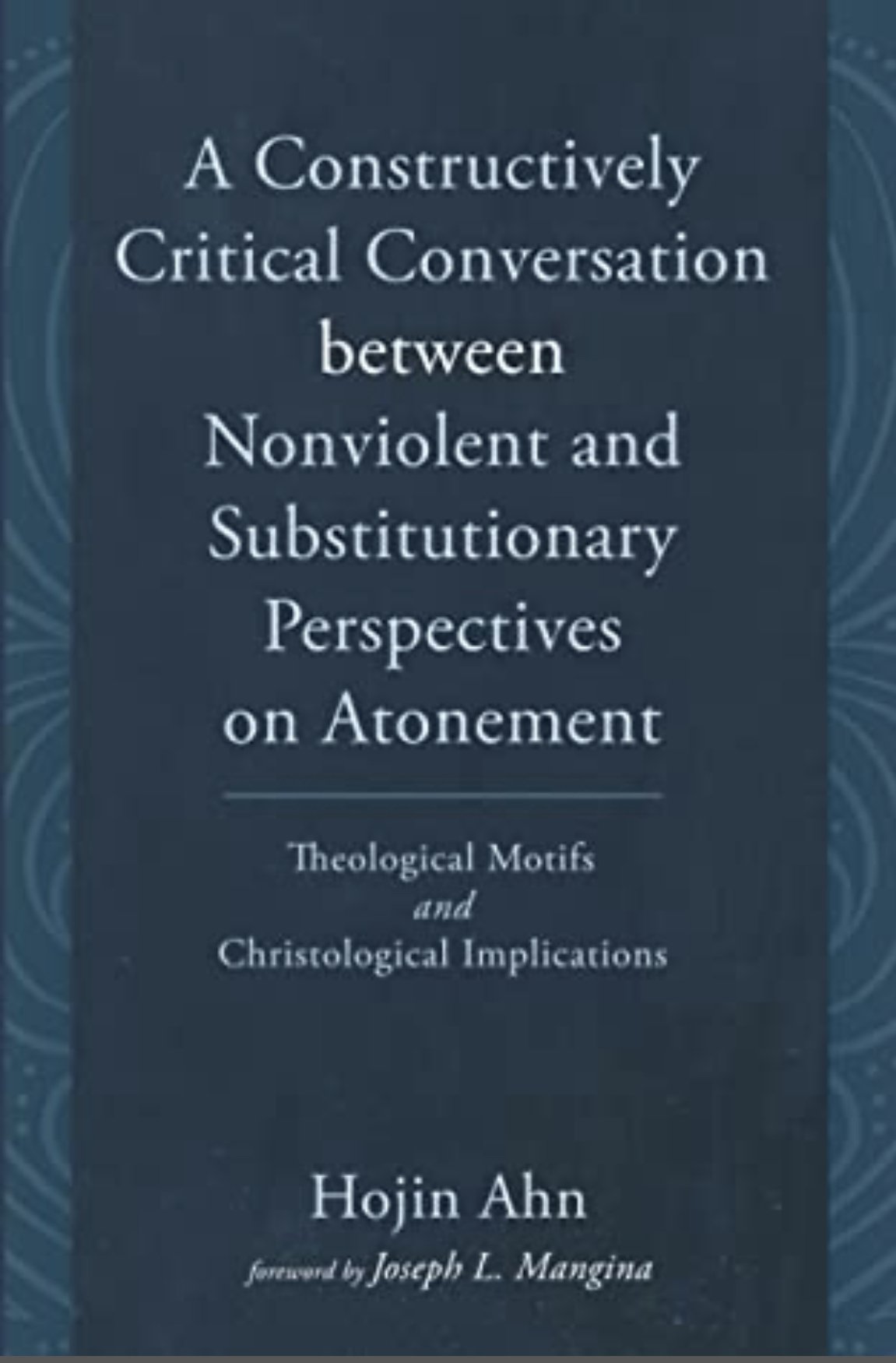Perspectives on Atonement
A Constructively Critical Conversation between Nonviolent and Substitutionary Perspectives on Atonement: Theological Motifs and Christological Implications
By: Hojin Ahn
This is a high-level, very academic book about various theories of atonement.
Hojin Ahn, a native Korean, is a Reformed Pastor in Canada and this book is his published doctoral thesis.
To be honest, when I started this book I felt like I was dropped in the deep end. I had really only heard of penal substitution. Ahn gets right into it and offers critiques of several theologians’ beliefs on aspects of the atonement. Paired with the high-level vocabulary, this was a dense and time-consuming read.
I’m not sure who Ahn’s target audience was. I would say it is geared toward people passionate about studying this doctrine, who already have a foundational knowledge of various perspectives, and/or people in academia.
If his target audience was the average layperson, he missed the mark. I feel like I have decent vocabulary and theological knowledge, but if I didn’t have a digital copy of the book where I could look words up easily, I’m not sure if I would have made it through the book. I still feel like so much of it went over my head. Google was my friend with this book.
The main question at the heart of this book is to address people’s feelings toward the crucifixion. Some view Christ’s death on the cross as violent, even as child abuse by God the Father. How could God be a good and sovereign God if he allowed or ordained his own Son to be brutally murdered? Either he isn’t good or he couldn’t stop it. Both of these conclusions are wrong and a further study of this doctrine will illuminate true biblical atonement rooted in God’s love and sovereignty.
“This book has pursued a constructively critical conversation between nonviolent and substitutionary perspectives on atonement for the purpose of reflecting theological motifs and Christological implications.”
Ahn does a good job of considering the good and the problematic with each theory of atonement, offering commendation and critique wherever needed.
As you study the variety of motifs you realize that there is not one perfect view necessarily. There is a lot of overlap and it’s a lot of being aware of when the theologian over-emphasizes one aspect of the atonement at the expense of another and how that view then influences their perspective of the person or character of God.
“In this book, I suggest a holistic viewpoint of atonement that critically incorporates elements of both traditional substitutionary theories, with their emphasis on the reconciliation between God and sinful humankind, and contemporary nonviolent theories, with their emphasis on the disclosure of structural evil by Jesus’ life and death.”
The atonement is not a simple doctrine— volumes (like this) have been written about it.
The atonement is the death and resurrection of Christ on the cross as a payment for our sins and reconciling us to a holy God.
The core of understanding this doctrine in light of God’s true character and power requires the atonement to account for Jesus paying the penalty of our sin— a perfect sacrifice— that only he could do as fully God and fully man. It requires the acknowledgement of the triune nature of God— that Jesus was not separated from the Father and the Spirit on the cross. God did not punish an innocent person for our sins— as the triune God he took the punishment for our sins upon himself. It requires that no one ‘took’ Jesus’ life from him— he laid it down willingly in obedience to the Father. It requires the acknowledgement that in dying on the cross and resurrecting, Jesus defeated Satan and sin. (And there’s probably more I’m leaving out)
To give you an idea of some of the theories Ahn considers in his book, here is a short, summarized list: (and I’m still learning this information so if there are errors here, that is on my own misunderstanding…)
Ransom to Satan: this theory views the atonement as a payment to Satan to release humans from his bondage. But our sin is an offense to a holy God and it is to reconcile our relationship with God that Jesus paid the penalty of our sin
Christus Victor: this theory focuses on Jesus defeating Satan and evil
Moral Influence: this theory views the atonement as a mere example of Jesus showing us how to life sacrificiously and that seeing the depth of his love would move us to repentance. But this denies our guilt in our sin and the necessity of a payment for that sin that we could never make. Though it does give us an example of sacrificial love, the atonement must have significant purpose beyond mere example or it would be unjust violence.
Feminist: (I’m not sure the exact title of this argument) this theory talks about patriarchal… things. Ahn says, “Brock’s intrapersonal analysis reveals broken-heartedness as the destructive result of patriarchal evil.”
Satisfaction: this theory views God requiring retribution in order to maintain his honor and the hierarchy of his power. Though our sin is against his holiness, this theory doesn’t account for God’s love in paying the price of our sin.
Penal Substitution: this theory views the atonement as a ‘vicarious, substitutionary sacrifice that satisfied the demands of God’s justice upon sin.’ It acknowledges that Christ’s sacrifice paid for our sin, brought us forgiveness, and gave us Christ’s righteousness, reconciling us to God.
Key terms involved with this discussion include: ransom, redemption, propitiation, substitutionary, voluntary, and example.
Some of the key people that Ahn critiques are Anselm, Barth, Calvin, Schwager, Brock, and Weaver.
This book definitely challenged me. I liked learning more about this doctrine and understanding the importance of having a biblical belief of this doctrine. I do wish, though, that Ahn would have written this book more simply and accessible so that all might stick with the intensity and gain more understanding instead of confusion. I also wish he would have included more Scriptural basis for his commendations and his critiques.
I liked this quote from John Stott that Ahn included:
“We must not then speak of God punishing Jesus or of Jesus persuading God, for to do is to set them over against each other as if they acted independently of each other or were even in conflict with each other. We must never make Christ the object of God’s punishment or God the object of Christ’s persuasion, for both God and Christ were subjects not objects, taking the initiative together to save sinners . . . The Father did not lay on the Son an ordeal he was reluctant to bear, nor did the Son extract from the Father a salvation he was reluctant to bestow. There is no suspicion anywhere in the New Testament of discord between the Father and the Son.”
This came from Stott’s book The Cross of Christ which I plan to read this year as well.
If you’re up for the challenge this book will give you a lot to think about regarding the theories of atonement, but I would venture to guess that you will also need to seek out other resources as you study this essential doctrine.
Share this book review to your social media!


